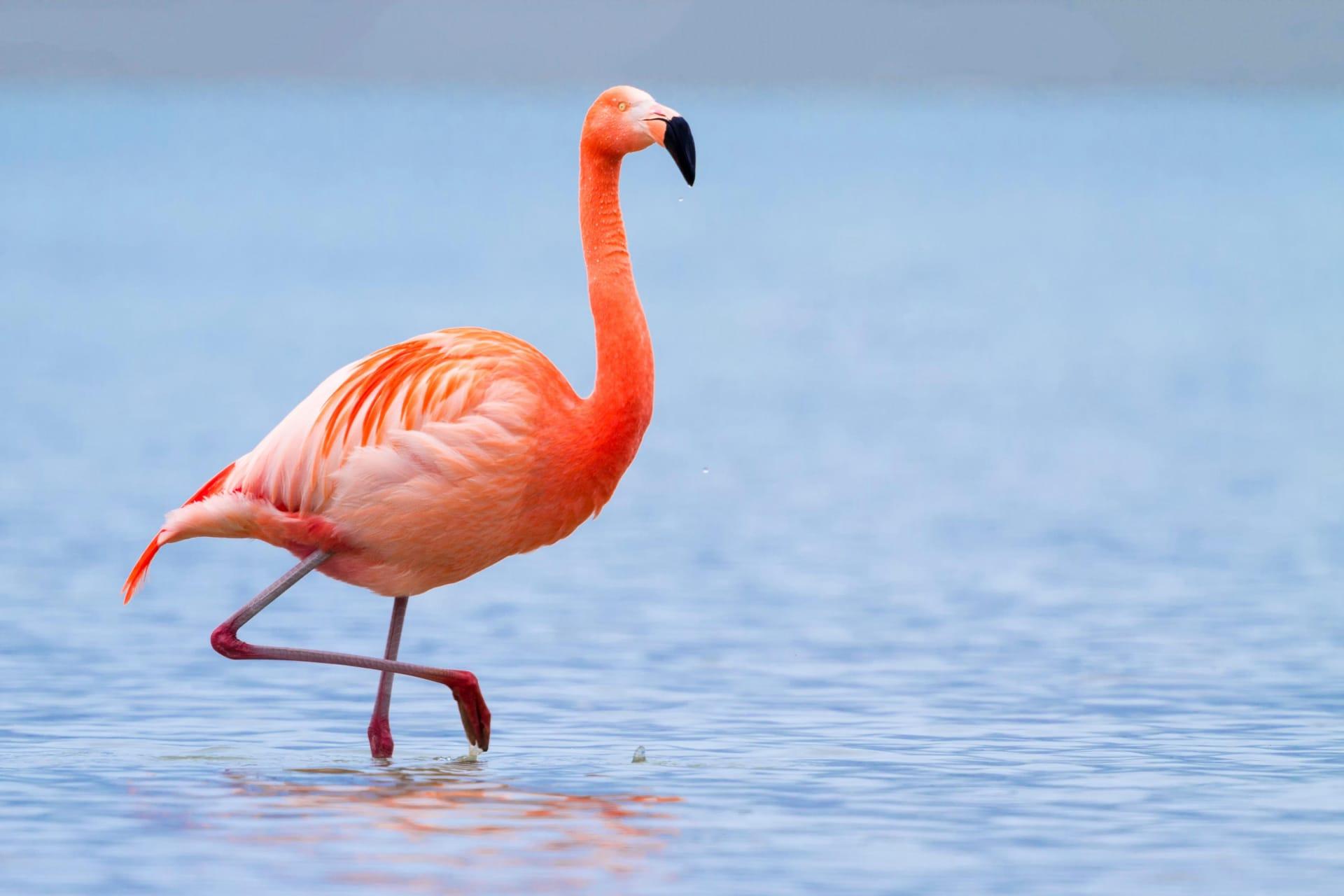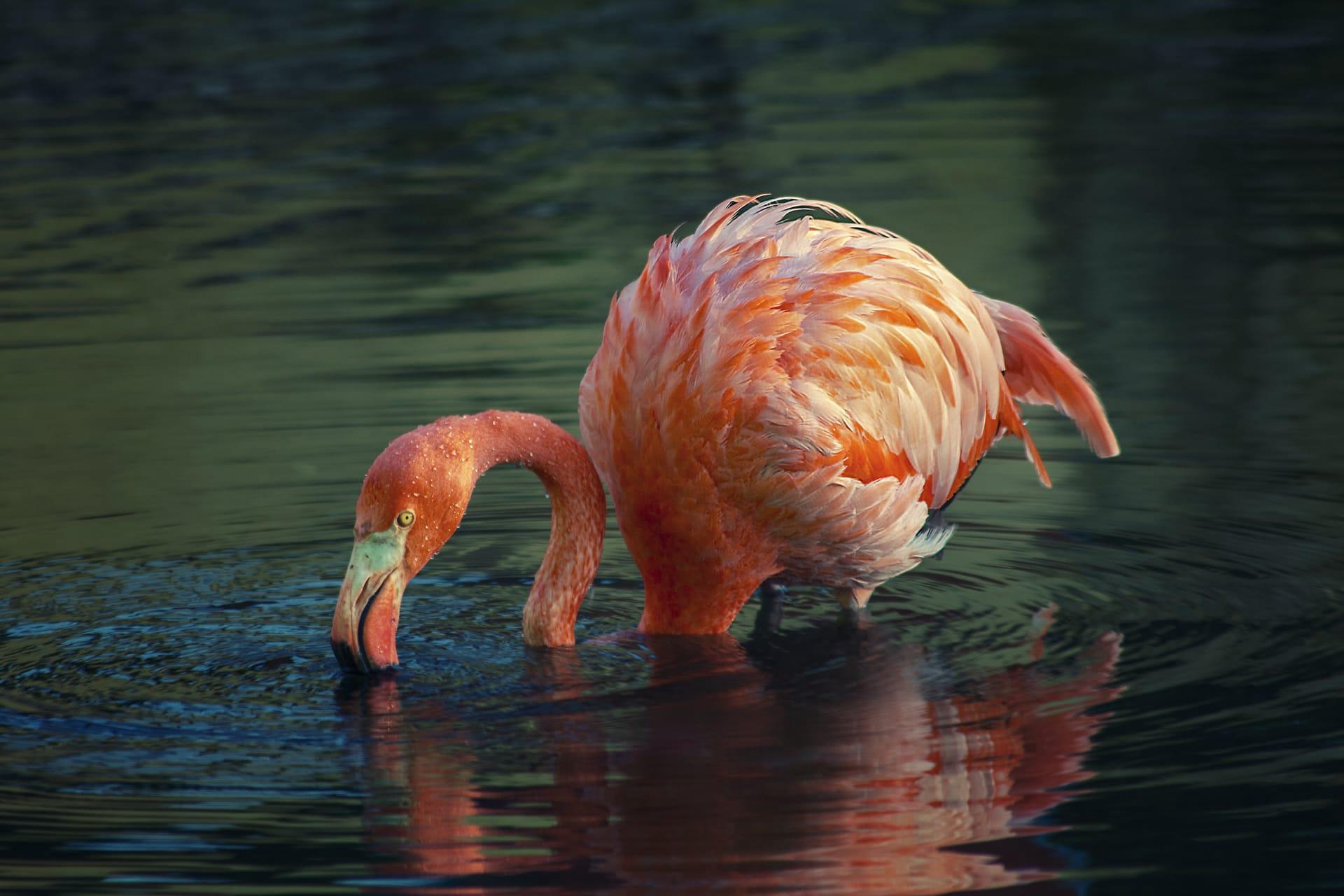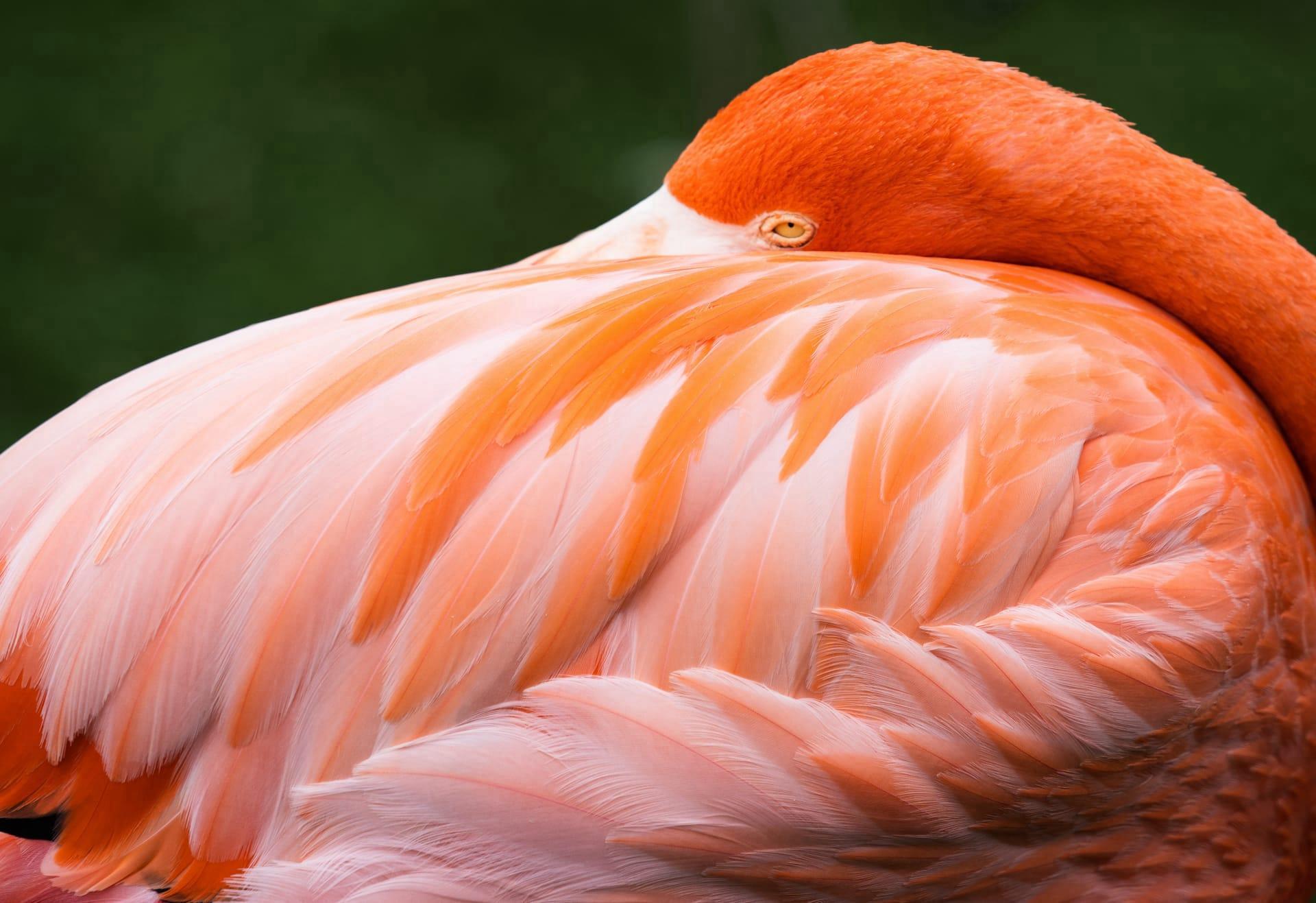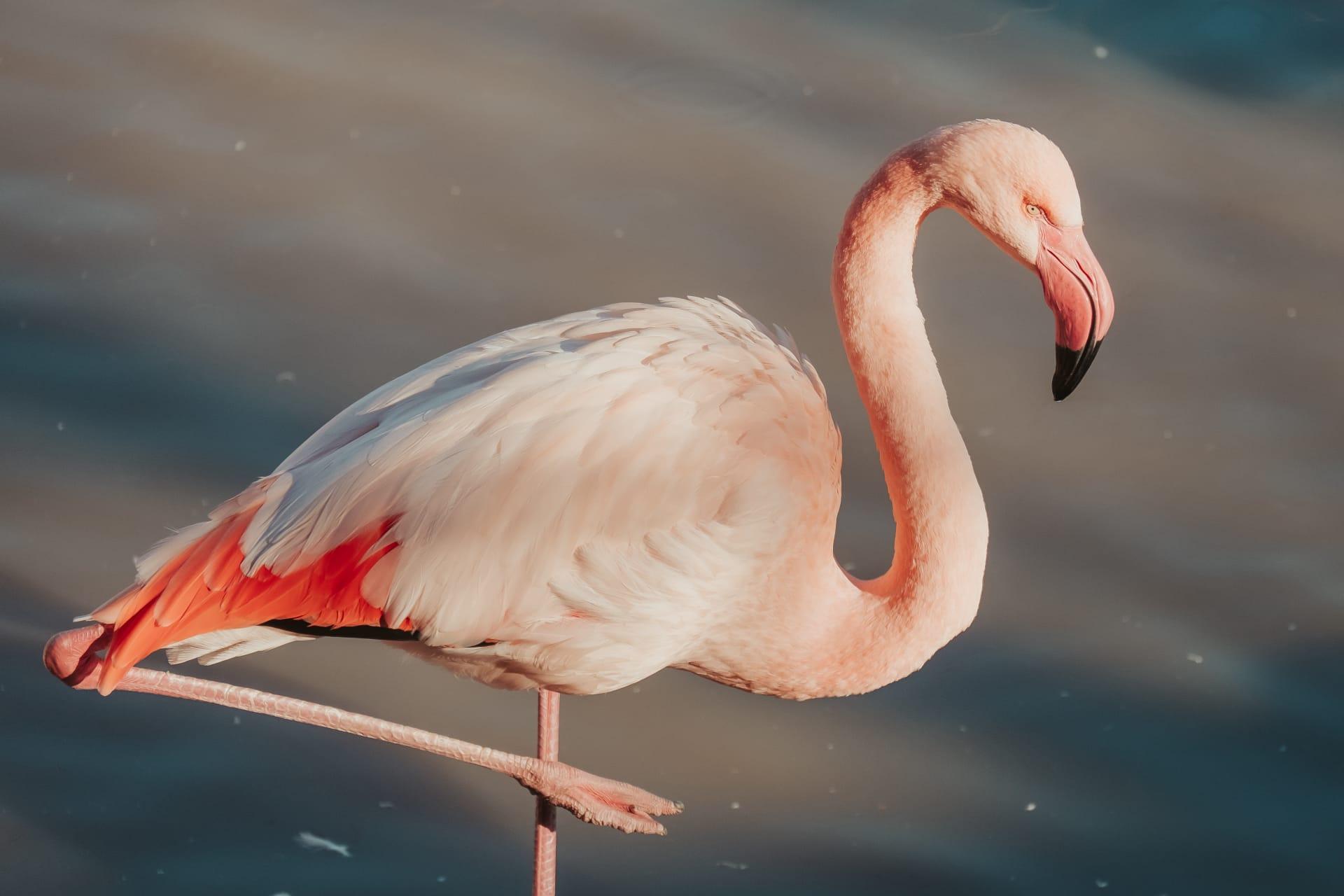Flamingo
- Home /
- Mini Encyclopedia /
- Animal /
- Flamingo
1
Flamingos, those strikingly pink birds, belong to the family Phoenicopteridae. They're divided into six species: the Greater Flamingo, which is the most widespread, the Lesser Flamingo, known for its vibrant color, the Chilean Flamingo, the James's Flamingo, the Andean Flamingo, and the American Flamingo. Each species flaunts its own unique characteristics, but they all share some common features like long legs, curved necks, and, of course, their vivid pink plumage.
The geographic range of flamingos is quite broad. They are found in various regions across the world. The Greater Flamingo, for instance, is seen across parts of Africa, southern Europe, and Asia. The Lesser Flamingo prefers the African Great Rift Valley and some parts of India. In the Americas, the Chilean, James's, and Andean Flamingos grace the continent, particularly in the high Andean plateaus and coastal regions of South America. The American Flamingo is native to the Caribbean and the northern part of South America, adding a splash of color to the mangroves, lagoons, and sandy islands they inhabit.

2
Question: Do flamingos get their pink color from eating shrimp?
Answer: This is a common misconception. Flamingos are indeed pink, but it's not just shrimp that colors them. Their diet mainly consists of algae, brine shrimp, and various forms of larvae and plankton. These food sources are rich in carotenoids, which are organic pigments. When flamingos digest these, the pigments are broken down and absorbed into their bodies, gradually turning their feathers pink. The intensity of the pink hue varies with diet – a well-fed flamingo is usually more vibrantly colored than one that isn't.

3
Flamingos have adapted several unique survival strategies. One notable feature is their specialized beaks and tongues, designed for filter-feeding. These birds feed by stirring up mud with their feet and then scooping up a beakful of mud and water. Their beak filters out food from the mud, and their tongue helps in sucking up the water and expelling it. This method allows them to feed efficiently in their wetland habitats.
Another survival strategy is their habit of standing on one leg. While the exact reason is still debated, one theory suggests that this helps in conserving body heat, as they spend a lot of time in cold water. Additionally, flamingos are social birds, often found in large groups. This social structure plays a crucial role in their survival, providing protection against predators and aiding in more efficient foraging.

4
In the ecosystem, flamingos play several crucial roles. Their feeding habits help in balancing the aquatic ecosystem. By filter-feeding, they control the population of their prey, which in turn maintains the ecological balance of algae and small organisms. This is essential for the health of wetland ecosystems.
Beyond their feeding, flamingos are also important for biodiversity. Their nesting sites often become hotbeds for various other species, contributing to the overall ecological diversity. Furthermore, their presence indicates a healthy environment, as flamingos thrive in specific conditions that suggest a well-balanced ecosystem. Their sensitivity to environmental changes makes them excellent bioindicators, signaling the health of their habitats.

5
Film: One notable documentary featuring flamingos is "The Crimson Wing: Mystery of the Flamingos" produced by DisneyNature. Released in 2008, this film explores the life and journey of flamingos in Tanzania's Lake Natron. It beautifully captures their life cycle, from birth to adulthood, highlighting their struggle for survival against predators and harsh environmental conditions.
Book: "Flamingo" by Caitlin R. Kight, published in the United States in 2015, offers a comprehensive look into the world of flamingos. Kight delves into their biology, behavior, and the cultural significance of these charismatic birds, providing a detailed and engaging read.
Book: Another insightful book is "The Flamingo's Smile: Reflections in Natural History" by Stephen Jay Gould, published in the United States in 1985. This collection of essays, although not exclusively about flamingos, includes a thought-provoking piece on these birds. Gould, known for his engaging writing style, explores various aspects of natural history, including the evolutionary journey of flamingos.